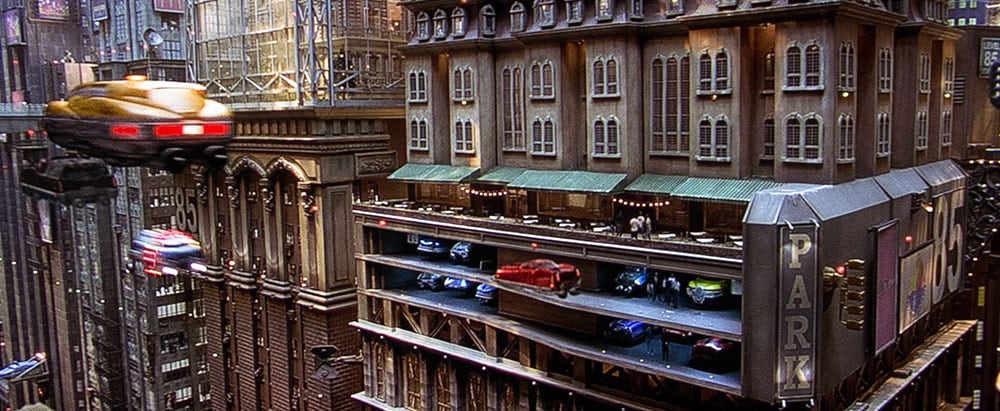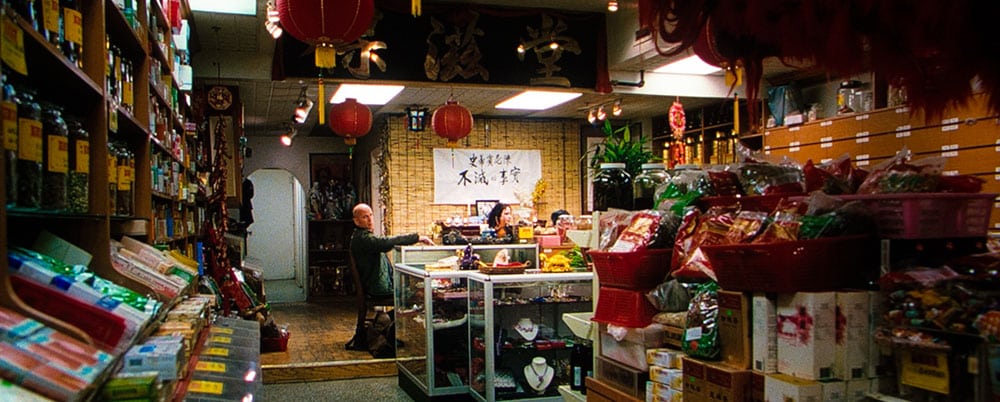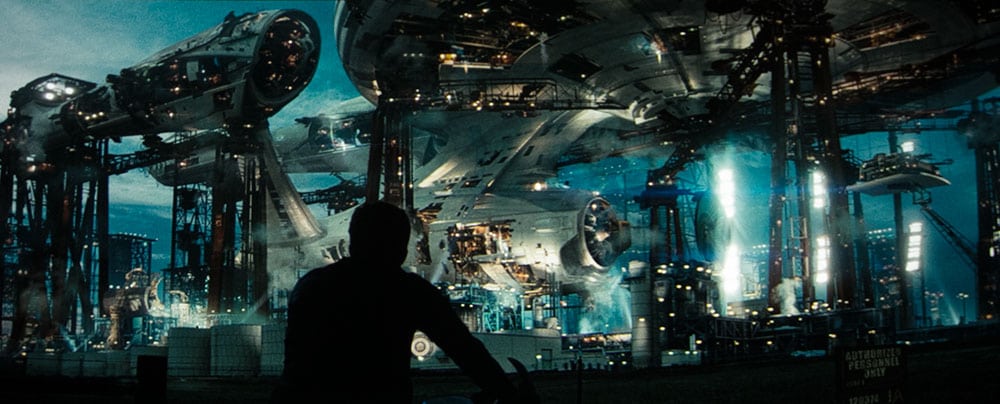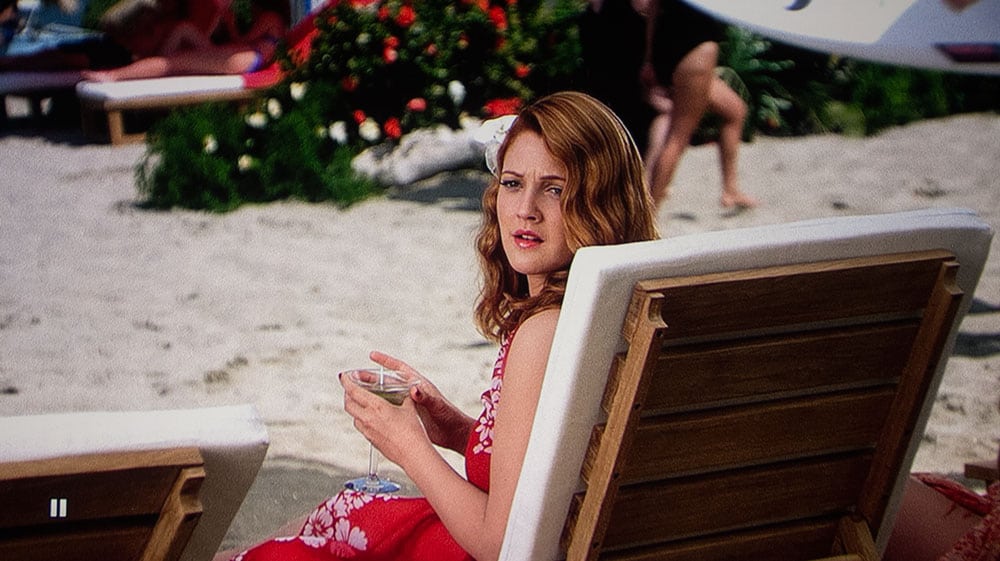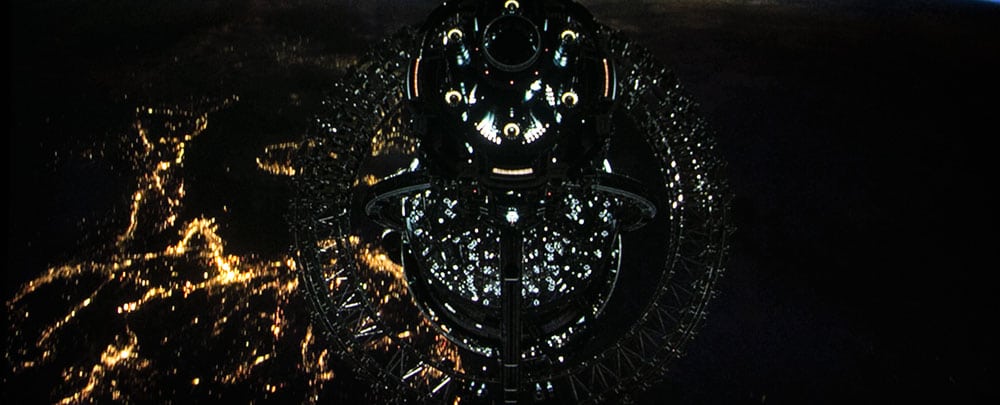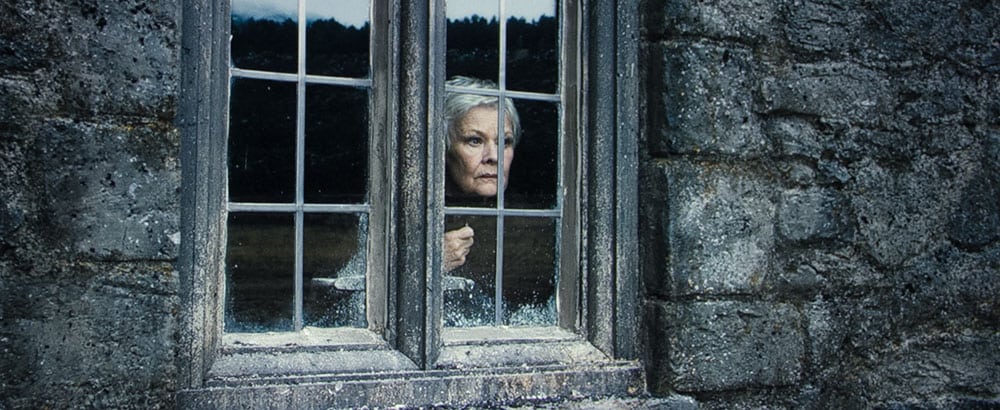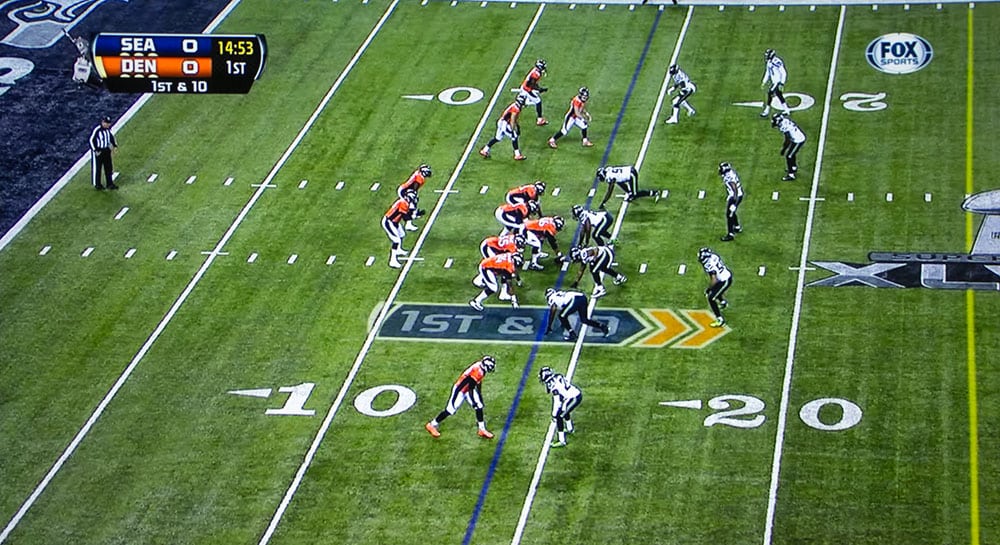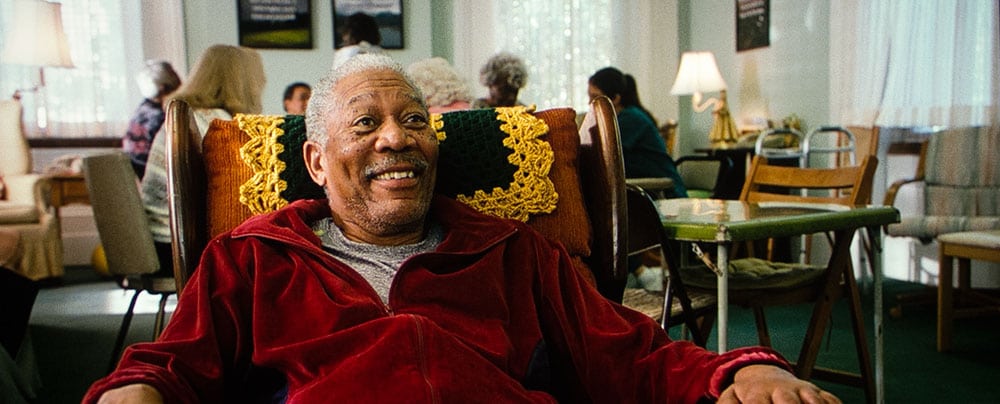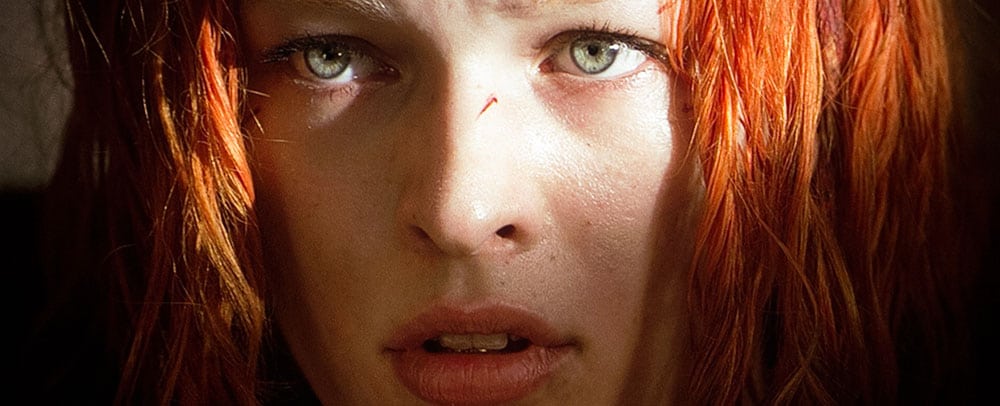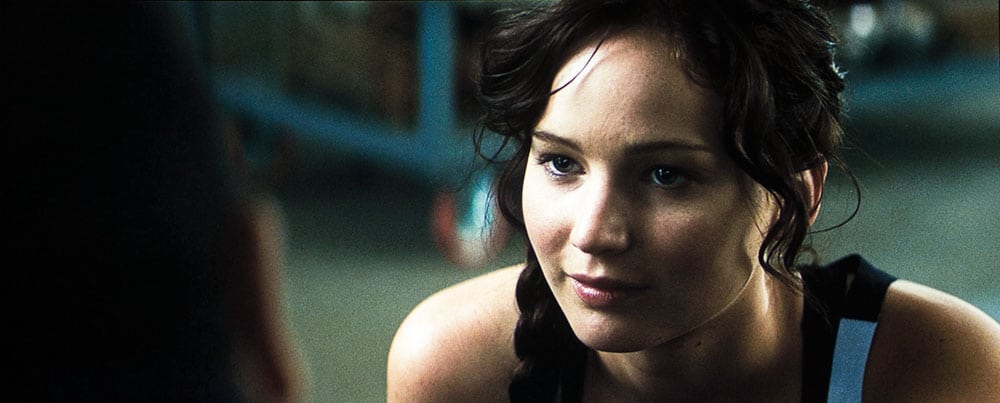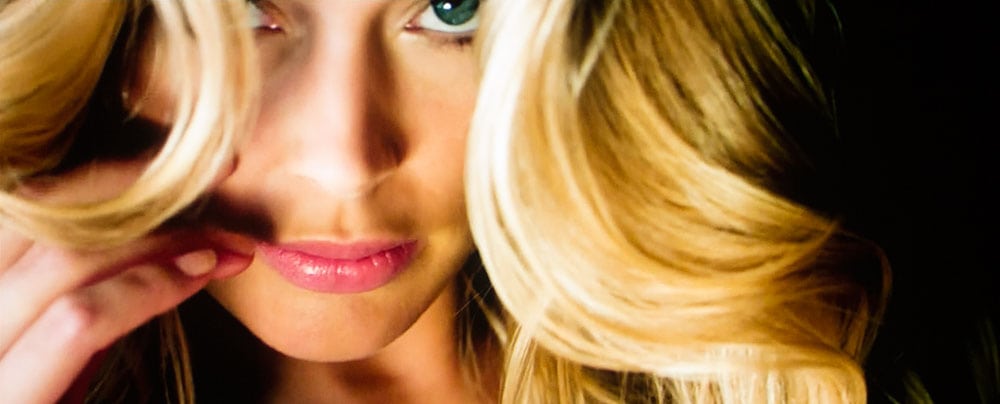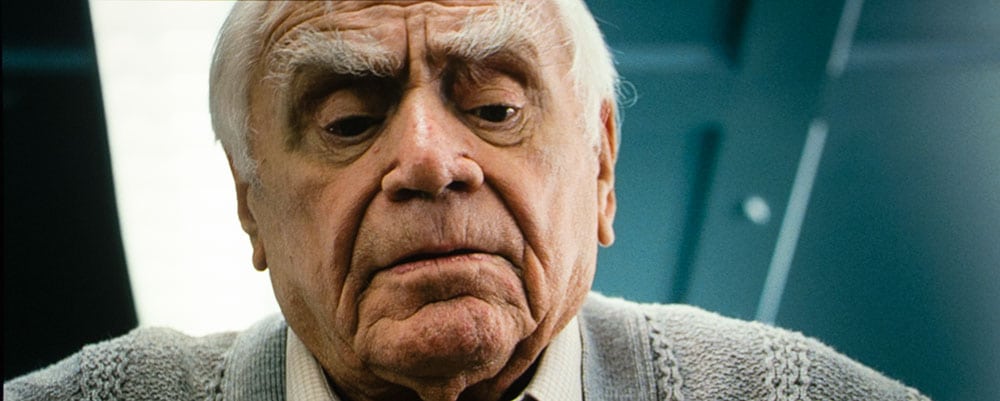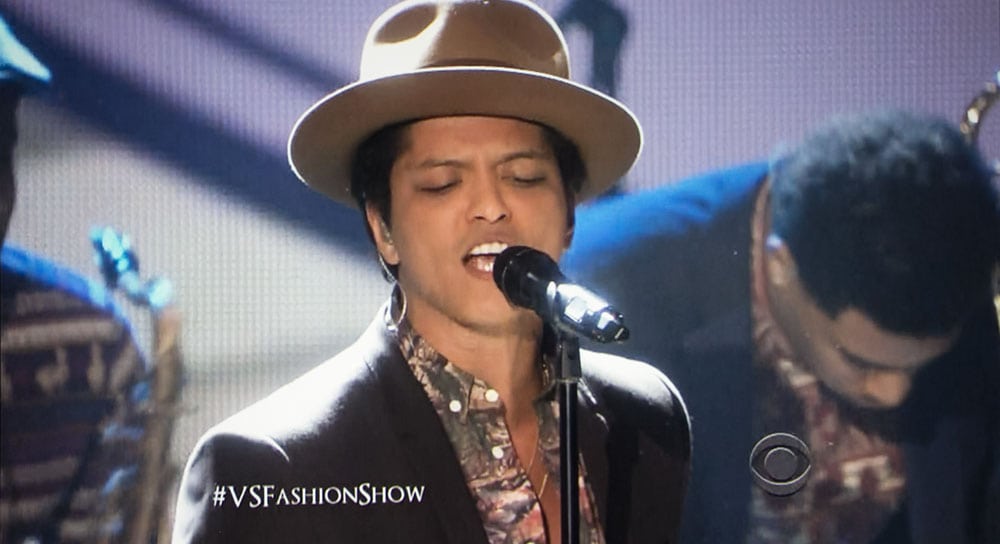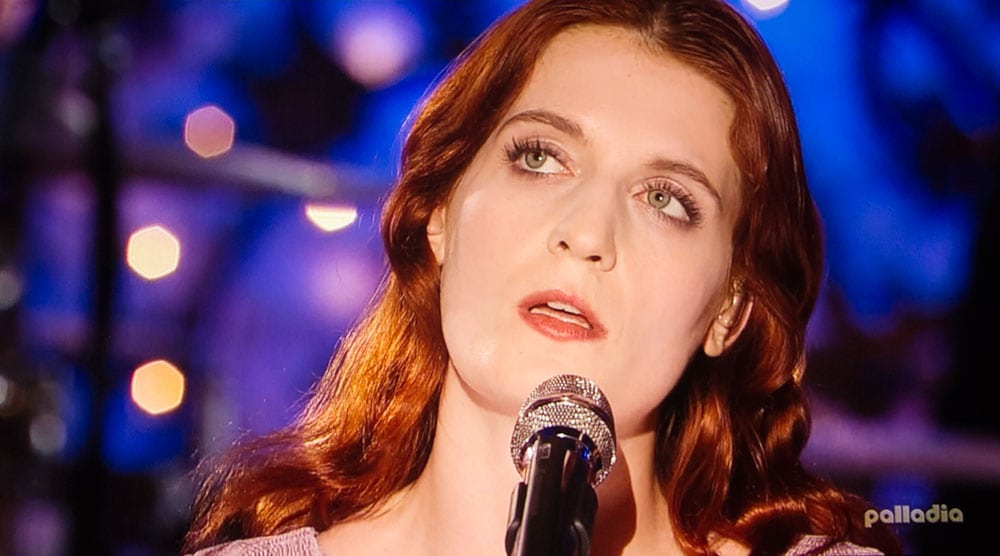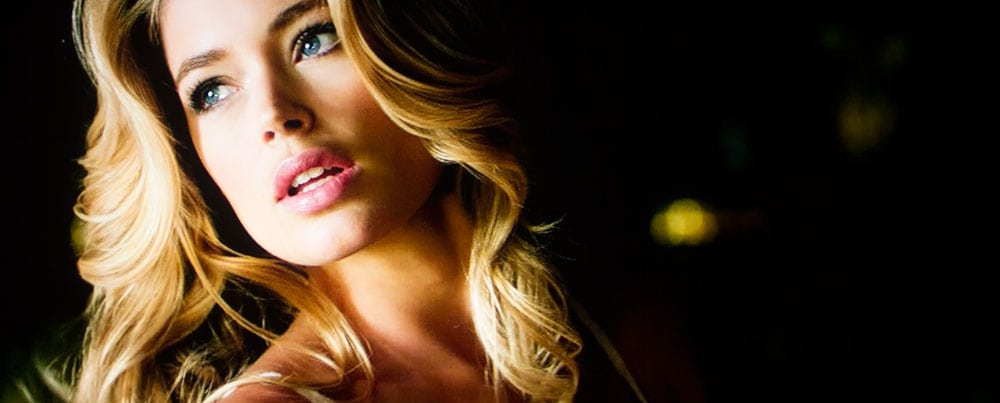VPL-HW40ES Projector – Right Out of the Box
If there’s one really exceptional thing about the HW40ES, it is how good it looks out of the box. Or perhaps more accurately described as: “how right on”, in terms of color. Mike, our calibrator, basically said this Sony in its best default mode, is damn good, and that no projector he’s calibrated for us (probably around 100 home projectors), has required less adjustment.
Calibrated, the Sony’s color temperature is not perfect of course, nor especially accurate. Many projectors will end up with the color temp over the whole range of dark to bright, that is tighter – with all brightness levels closer to the targeted 6500K, than this Sony, but this Sony’s numbers still look like really good numbers for post calibration, as does the real life picture.
In fairness, the HW40ES is a lamp based projector, and there is definitely variation in color balance from one lamp to the next. Since manufacturers set aside (and in most cases pre-test) units they loan to reviewers, this is probably a pretty darn good one, even compared to the average HW40ES projector. Still, that it is the best to date, if we were always reviewing random units it probably still would be the most accurate, but probably not quite as near perfect.
Point and counter-point notwithstanding, consider this: With the HW40ES unless you are a true perfectionist, there really seems to be no need to calibrate this projector.
Of course if you are a hardcore enthusiast, love to tweak your gear, perhaps owning your own calibration tools, or at least a good calibration disc, this sort of takes some of the fun out of playing around.
The trick to this great color is the right choice of modes. It’s the REC 709 color space (Sony labels it BT.709) that is essentially dead on. That’s a good thing since unlike other projectors you can’t adjust the grayscale of BT709 or two of the other modes. There is one adjustable mode – called Custom 5 (the more expensive HW55ES has many different “Custom” modes), but Mike reports that it is enough off, that he was not able to calibrate Custom 5 to rival, or even get really close to the default REC 709.
There’s a CMS too, but again, like BT.709, it’s excellent. The minor changes post calibration affected only 3 of the 18 settings and so slightly that Mike said the changes aren’t really visible to the eye!
So, bottom line – take it out of the box, use the default settings we recommend, and you are good to go. Nice
Skin Tones
Well, I assume you read the section above. As you should have concluded, skin tones are really, good. Mind you no better than achievable on any other projector that calibrates well, which really includes just about all of the competition.
The images here confirm what we’re saying. These images are not completely using the default, as we made those very minor changes in calibrating the individual primary and secondary colors. In reality, the color shifting due to capture by my dSLR, compression, the color accuracy of your display are certainly all causing more color shift than making those extremely minor CMS settings changes.
The Sony is not perfect of course, you can see it in the IRE/color temperature numbers on the calibration page. You may notice that skin tones when faces are poorly illuminated or rather I should say skin tones in darker scenes tend to have a touch too much red. Calibration or not, there is a shift from warm (redish) in the darker ranges, to a touch cool in the brighter ranges. When it comes to how tight (a good thing) the numbers stay close to 6500K, the Sony is good before or after calibration, but post calibration, no better than the BenQ W7500.
If, instead, you compare those numbers to the Epson Home Cinema 5030UB or Sony’s step up HW55ES, you’ll find that both produce tighter numbers, aka more accurate color.
So, excellent skin tones, but some of the competition on paper do better, post calibration. It’s just that the Sony starts out great, but just can’t be improved to rival the HW55ES or the Epson. Still, the differences are slight.
And of course, at the end of our skin tones image collection above, are our usual Daniel Craig as Bond images showing that lighting is a dominant factor in what skin tones really look like, as you may observe full sunlight, fluorescent lighting, indirect, and night scenes, all the same face, all with dramatically different coloring. And don't forget, in many movies directors intentionally add a color cast to the picture. An extreme case would be the Matrix movies, but consider Lord of the Rings, where each different part of Middle-Earth, has a different look. Hobbiton is strong on greens, Rivendell seems pastels, and so on.

